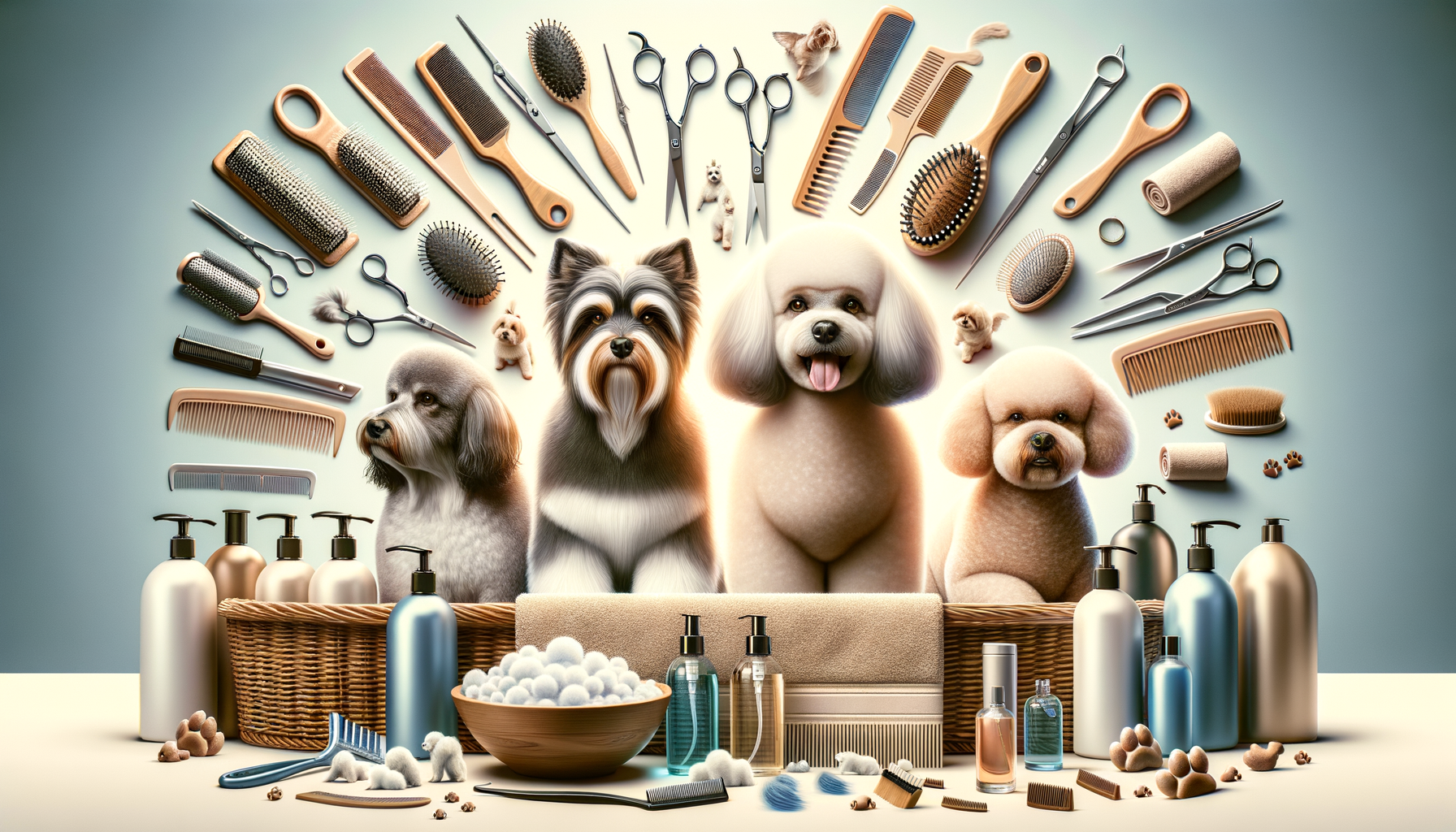The Art and Science of Dog Grooming: A Comprehensive Guide
Pet’s skin and coat are well treated to ensure a healthy shine every time.

Understanding the Basics of Pet Grooming
Pet grooming is more than just a luxury for your furry friend; it is an essential part of their overall health and well-being. Grooming involves the hygienic care and cleaning of a pet, as well as a process by which a pet’s physical appearance is enhanced. Regular grooming helps prevent common health issues such as matting, skin irritations, and even infections. It also provides an opportunity to check for signs of potential health problems, such as lumps or parasites.
Grooming includes several activities such as:
- Brushing and combing to remove loose hair and dirt.
- Bathing to clean the coat and skin.
- Nail trimming to prevent overgrowth and splitting.
- Ear cleaning to prevent infections.
- Teeth brushing to maintain oral health.
Each of these tasks contributes to a pet’s overall health and happiness. For dog owners, understanding the basics of grooming can help ensure that their pets are comfortable and well-cared for. With the right tools and techniques, grooming can become a bonding experience between pet and owner.
The Role of a Professional Dog Groomer
Professional dog groomers play a crucial role in maintaining the health and appearance of dogs. They are trained to handle a wide variety of breeds and coat types, which allows them to provide specialized care tailored to each dog’s needs. A professional groomer not only performs basic grooming tasks but also offers services like styling, fur trimming, and even spa treatments for dogs.
One of the significant advantages of using a professional groomer is their ability to identify potential health issues early. Groomers are often the first to notice abnormalities such as skin infections, ear problems, or unusual lumps. Early detection of these issues can lead to prompt veterinary care, which is vital for a pet’s health.
Furthermore, professional groomers are equipped with the right tools and products to handle different grooming challenges. They use high-quality shampoos and conditioners that cater to specific skin and coat needs, ensuring the pet’s comfort and health. Groomers also provide advice on maintaining a dog’s coat between visits, which can be invaluable for pet owners.
Choosing the Right Grooming Tools and Products
The market is flooded with grooming tools and products, making it challenging to choose the right ones for your pet. However, selecting the appropriate tools is crucial for effective grooming. The choice of tools depends on the pet’s breed, coat type, and specific grooming needs.
Here are some essential grooming tools:
- Brushes and Combs: Different types of brushes are designed for different coat types. Slicker brushes work well for removing mats, while bristle brushes are suitable for short-haired breeds.
- Clippers and Scissors: These are essential for trimming and styling the coat. It’s important to choose clippers that are quiet and easy to handle to avoid stressing the pet.
- Nail Clippers: Regular nail trimming is vital, and there are several types available, including guillotine and scissor-style clippers.
- Shampoos and Conditioners: Choose products that are specifically formulated for pets, as human products can irritate their skin.
Investing in high-quality grooming tools ensures that the grooming process is efficient and comfortable for both the pet and the owner. It’s also important to regularly clean and maintain these tools to ensure their longevity and effectiveness.
DIY Grooming: Tips for Grooming Your Dog at Home
Grooming your dog at home can be a rewarding experience and a great way to bond with your pet. However, it requires patience, practice, and the right approach to ensure it is done safely and effectively.
Here are some tips for successful DIY grooming:
- Start Early: Introduce grooming to your dog at a young age to help them get accustomed to the process.
- Be Gentle: Use gentle strokes and avoid pulling on the fur to prevent discomfort or pain.
- Use Treats: Reward your dog with treats for good behavior during grooming sessions to make it a positive experience.
- Stay Calm: Your dog can sense your mood, so staying calm and patient will help keep them relaxed.
- Regular Routine: Establish a regular grooming schedule to make it a part of your dog’s routine.
DIY grooming can be a cost-effective way to maintain your dog’s hygiene and appearance. However, it’s essential to know your limits and seek professional help if needed, especially for complex grooming tasks.
Conclusion: The Importance of Grooming for Your Dog’s Health
Grooming is a vital component of pet care that goes beyond mere aesthetics. It plays a crucial role in maintaining your dog’s health, comfort, and happiness. Whether you choose to groom your dog at home or seek the expertise of a professional groomer, the benefits are undeniable.
Regular grooming helps prevent health issues, enhances your dog’s appearance, and strengthens the bond between you and your pet. By investing time and resources into proper grooming, you ensure that your furry friend leads a healthy and happy life.